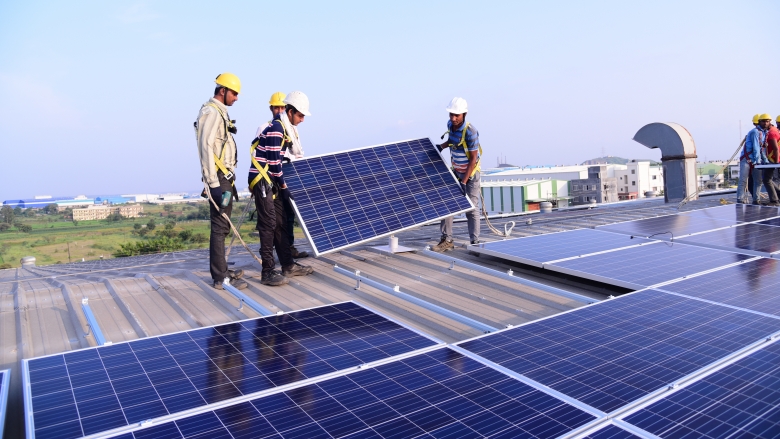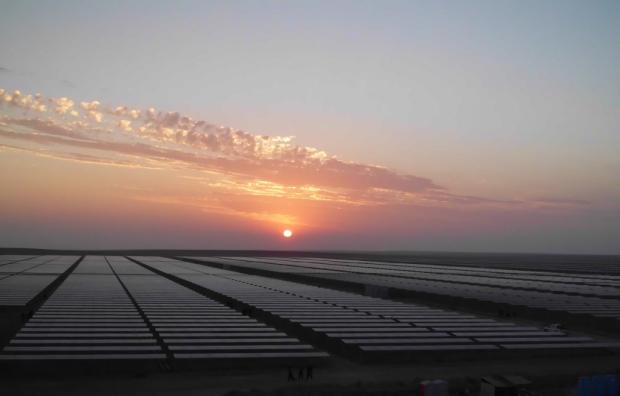Massive Investment Needed for Solar Energy and Infrastructure
India’s ambitious target of achieving 500 gigawatts (GW) of renewable energy capacity by 2030 will require an investment of $190 billion to $215 billion over the next seven years, according to a recent report by Moody’s. This substantial financial commitment underscores the ongoing growth in India’s renewable energy sector.
Investment Breakdown: Solar Energy, Energy Storage, and Infrastructure
In addition to the direct investment in renewable energy, another $150 billion to $170 billion will be necessary for electricity transmission, distribution, and energy storage infrastructure. This highlights the critical need for robust energy storage solutions, including advanced lithium batteries, to support the expanding solar energy market.
Government policies and stable regulatory frameworks will play a crucial role in maintaining credit quality within the sector. Abhishek Tyagi, Vice President and Senior Credit Officer at Moody’s, stated, “The sizeable pipeline of announced projects will keep the financial leverage of renewable power companies rated by Moody’s high over the next 2-3 years – a credit negative – but the leverage of government-related issuers will remain moderate over the same period, given their relatively strong balance sheets.”
Strong Policy Support Driving Growth
Strong policy support has already enabled India to increase the share of renewable energy in its power capacity mix to around 43% in fiscal 2023 and fiscal 2024. Continued policy support is expected to help the country make significant progress toward its 2030 transition targets and its 2070 net-zero goals. Tyagi noted, “We expect the strong growth in India’s renewable energy capacity to continue, although coal will remain a major source of electricity generation over the next 8-10 years.”
Union Minister for New and Renewable Energy, Pralhad Joshi, emphasized the government’s commitment to advancing renewable energy initiatives. “Achieving self-reliance in terms of fuel and energy by 2047 is our conviction,” he stated, highlighting the importance of green energy policies in meeting the country’s rising energy demands and environmental goals.
Future Prospects and Challenges
India’s renewable energy market trends indicate robust growth, driven by substantial investments and supportive government policies. The focus on solar technology developments and energy storage innovations will be critical in meeting the ambitious 500 GW target. However, the continued reliance on coal poses a challenge to achieving a completely sustainable energy mix.
As India moves forward, strategic investments in solar energy, energy storage, and infrastructure will be essential. The growing emphasis on green energy policies and renewable energy investments will play a pivotal role in shaping the country’s energy future. The comprehensive solar market analysis suggests that with the right support and investment, India is well-positioned to become a global leader in renewable energy.
In conclusion, achieving India’s 500 GW renewable energy target by 2030 will require significant financial investment and policy support. The integration of advanced solar technology and energy storage solutions will be vital in this journey. With continued growth and strategic initiatives, India can make substantial strides towards a sustainable and self-reliant energy future.
Source:thehansindia.com





